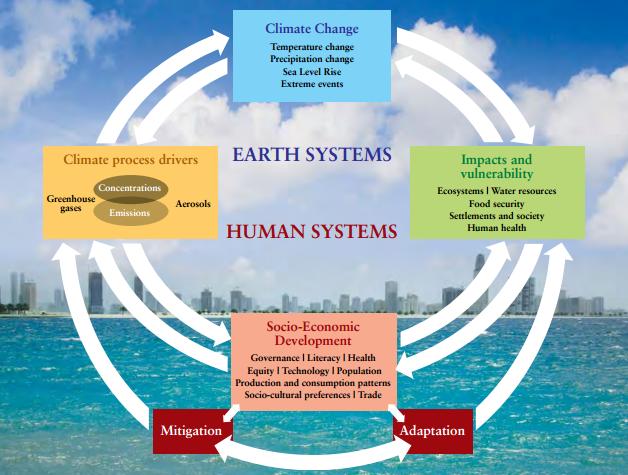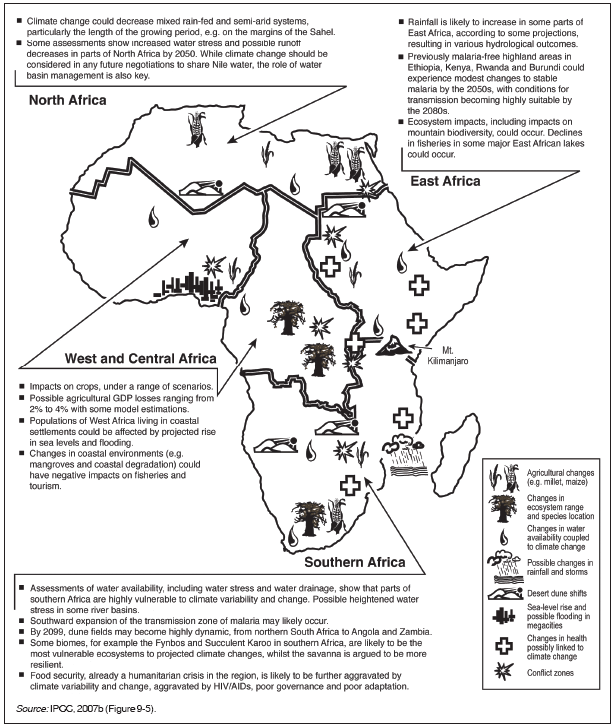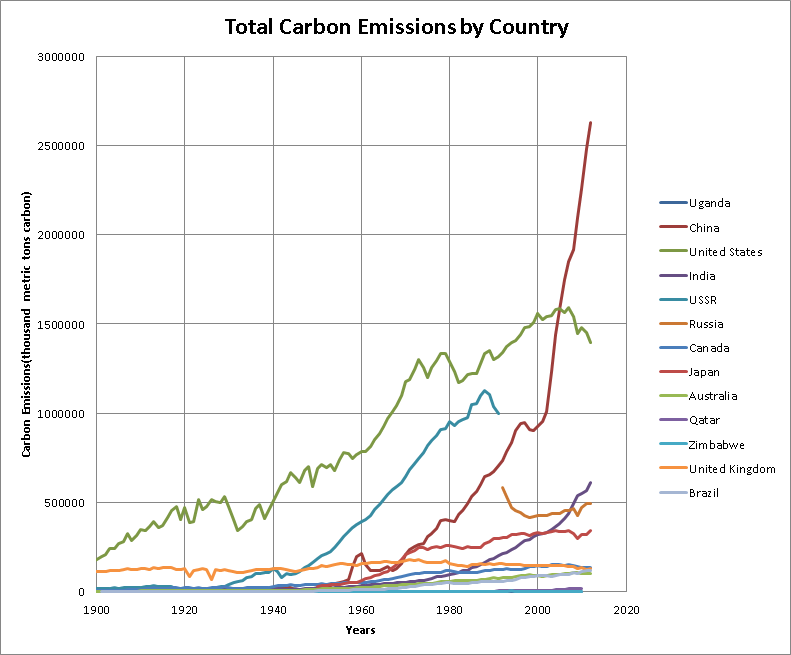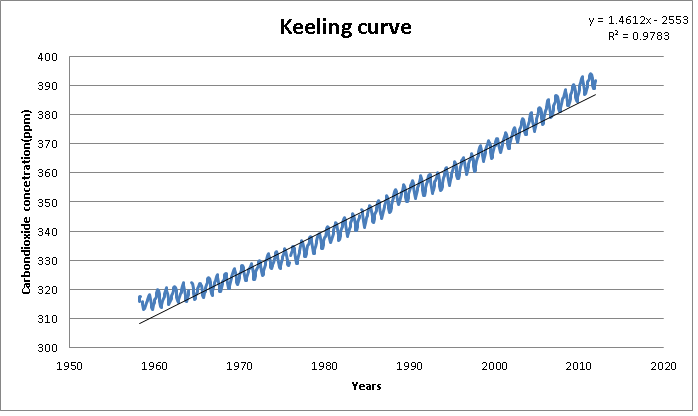Two interesting examples of how the Ugandan government is trying to prepare to adapt to future impacts of climate change, one of them is that they are trying to develop drought resistant species of crops, so that when the climate changes, the people will be able to survive on these drought resistant crops. The other preparedness to adapt technique is that they are trying to reduce pollution by implementing the polluter pays principle.
An interesting adaptation technique was that they are trying to improve communication and road networks in Africa. This is because both the communication and the road network are not at an up to scale standard. These improvements will help for the better exchange of knowledge and information.
http://www.ipcc.ch/publications_and_data/ar4/wg2/en/ch9s9-5-1.html
Uganda is accessing the Kyoto protocol. It has not signed the protocol to reduce carbon emissions yet. My country doesn’t play a significant role in the Kyoto protocol since they barely produce any significant carbon emissions into the atmosphere. Uganda was not required to reduce carbon emissions. the protocol was signed, but the country did not have to reduce its carbon emissions.
https://unfccc.int/kyoto_protocol/status_of_ratification/items/2613.php
My country is making efforts towards mitigation of climate change. The country is trying to get people more sensitized on climate change and how they can help to limit the effects that are going to come from the climate changing. The alternative energy sources that are being used in Uganda include solar power. This seems to be the country’s resort to using the hydro electric power, and this is because the country always has sunshine to charge the solar panels. The country is also providing research for farmers so as to be able to grow modified crops that can withstand pests and the climate changes. The social mitigation s to improve climate change in this country are that they are having more people in the country plant trees and some people are holding protests against the government selling the countries forests to investors. Culturally the country’s population is learning the effects of climate change and they are learning how to adapt to the issue at hand. They are adjusting their planting and harvesting season for their food and crops that they are growing, they are learning howto survive. The country doesn’t have any economic incentives fro mitigation, but the plans to do and give these economic incentives are underway.
I personally believe my country should mitigate to climate change, as the rising temperatures are already affecting them and we as Ugandans need to be best prepared for the changes. The sooner we can adapt to the climate changes, the better for us as a nation.
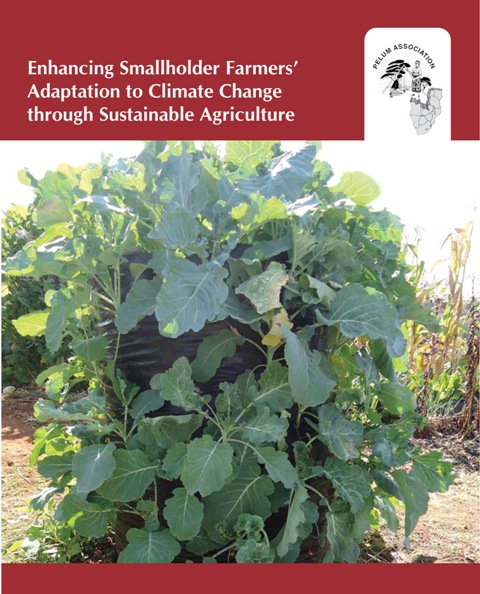
http://www.ipcc.ch/activities/activities.shtml
